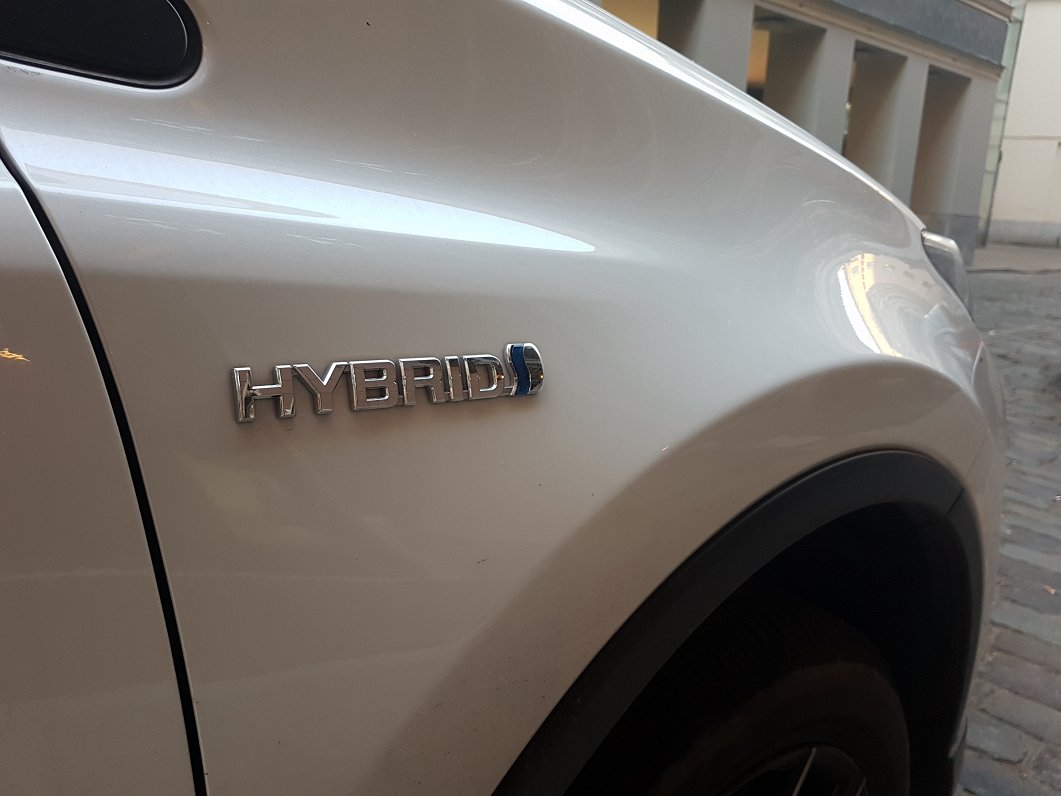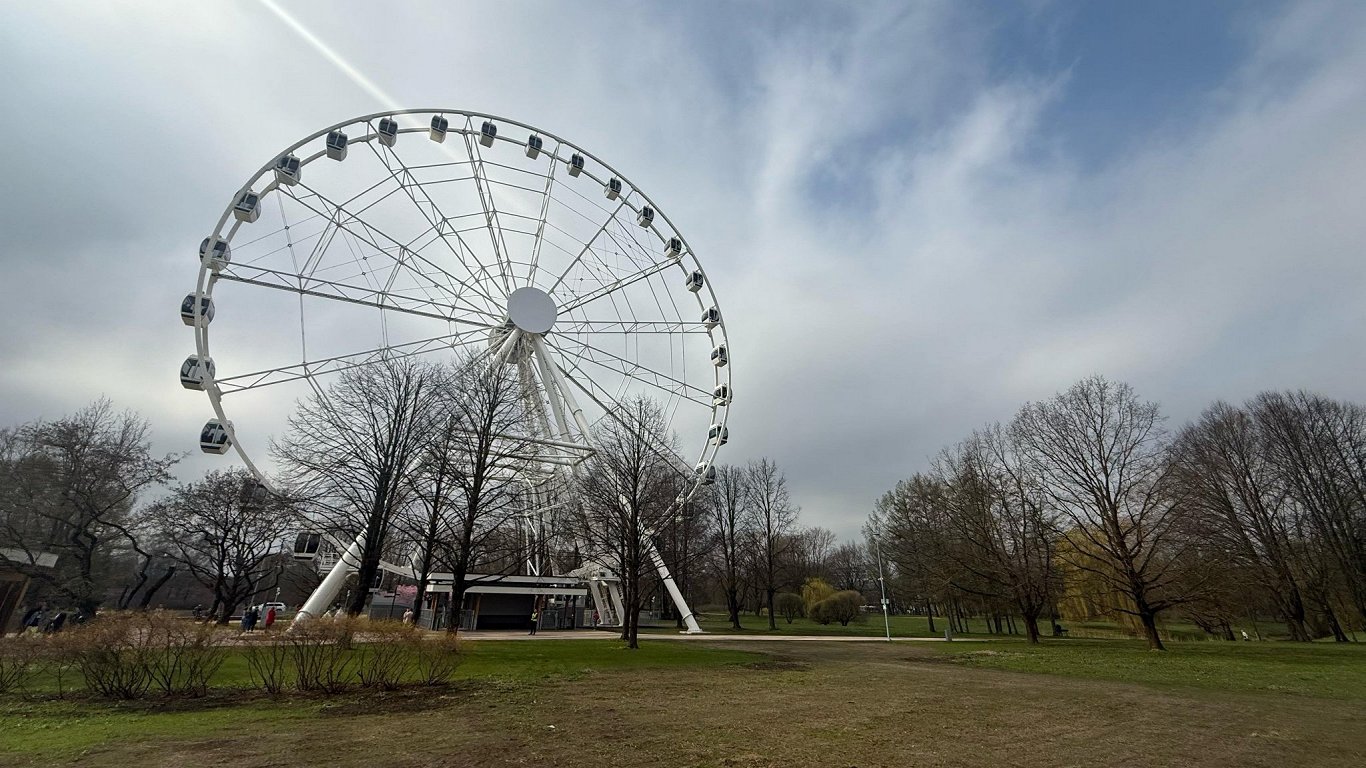In 2023, 10.7 million new passenger cars were registered in the EU . Among them, the pure petrol cars had the highest share (34.5%), followed by non-plug-in hybrid petrol-electric cars (21.1%), battery-only electric cars (14.5%) and pure diesel cars (14.3%), according to latest Eurostat data.
After the rapid growth in battery-only electric car registrations between 2013 and 2023, the combined share of all hybrid and battery-only electric vehicles in 2023 matched that of pure petrol and pure diesel cars (48.3% vs. 48.8%).
In 9 EU countries the share of hybrid and electric passenger cars in new registrations exceeded 50% in 2023. The highest shares were reported in Finland (78%), with 44% hybrid and 34% electric, Sweden (69%), with 30% hybrid and 39% electric, and the Netherlands (68%), with 37% hybrid and 31% electric.
In contrast, Bulgaria recorded the lowest share with 7%, followed by Czechia (20%) and Croatia (28%).
In Latvia, petrol is king as ar as new car registrations are concerned. There were 18 451 new car registrations in 2023 of which more than 12 000 were petrol cars (68%). About half of those petrol vehicles had a hybrid powerplant of one sort or another. There were also about 1 000 diesel hybrid vehicles registered and more than 1 600 battery only electric vehicles.
A total of 10 countries have more hybrid new passenger cars (petrol and diesel, plug-in and others) than new cars powered by pure petrol or pure diesel-powered new cars or alternative fuels: Belgium, Estonia, Finland, Hungary, Italy, Latvia, Lithuania, Malta, the Netherlands and Poland.
But Latvia also remains the EU country with the lowest ‘motorisation rate’, i.e. passenger cars per 1 000 inhabitants. Italy heads the list (694 passenger cars per 1 000 inhabitants) and in second place follows Luxembourg with 675 cars per 1 000 inhabitants. Other countries with a high motorisation rate include Cyprus (670 cars), Finland (664 cars), and Estonia (630 cars).
At the other end of the scale, a particularly low motorisation rate is recorded in Latvia (418 cars), despite a growth in the number of registered cars of 10% over the period 2018-2023. Latvia also has one of the EU’s oldest car fleets.






